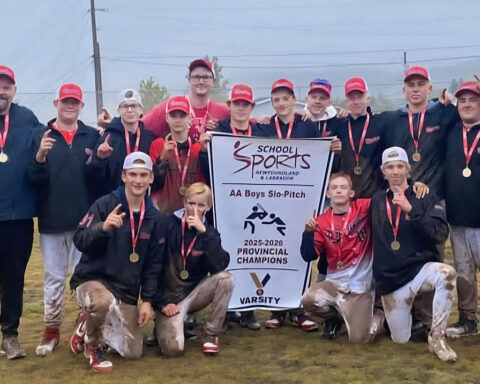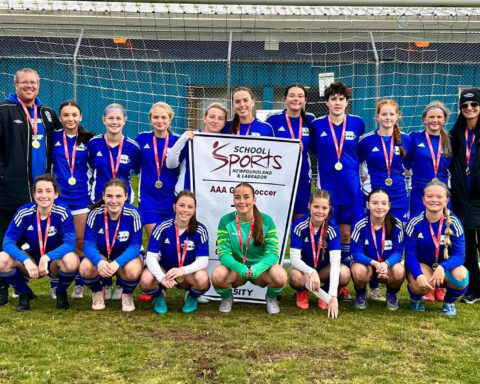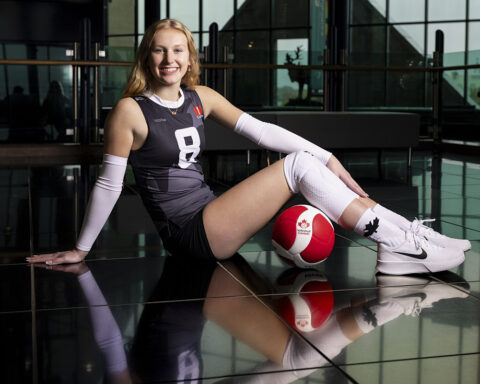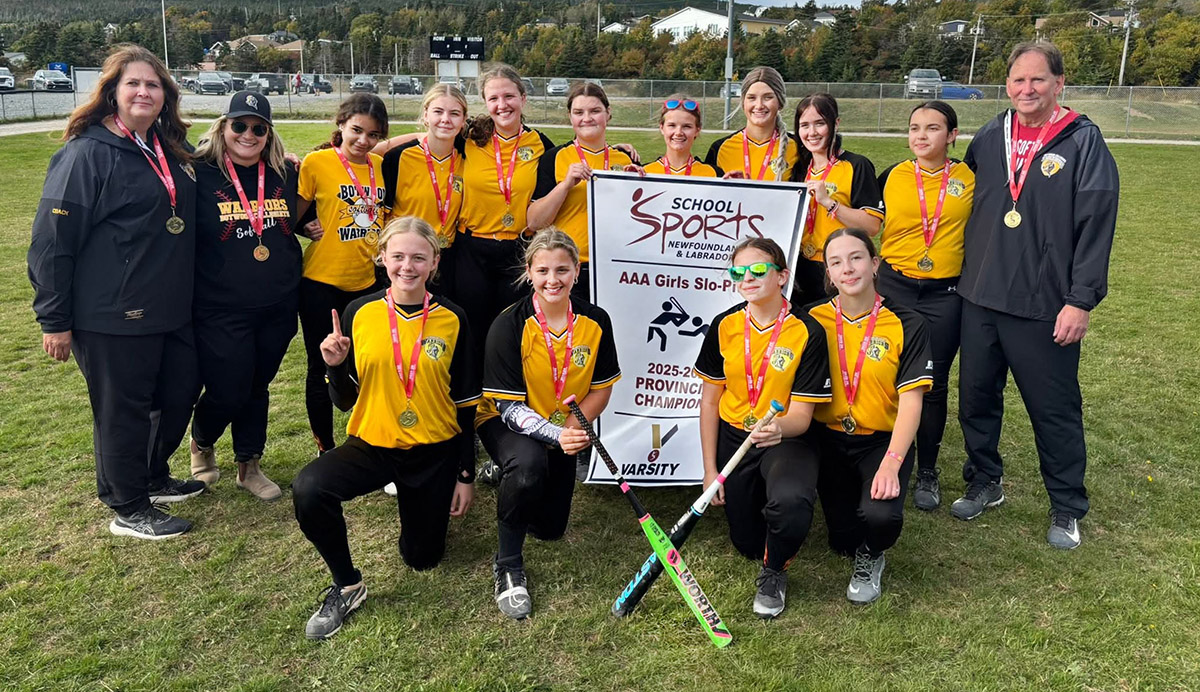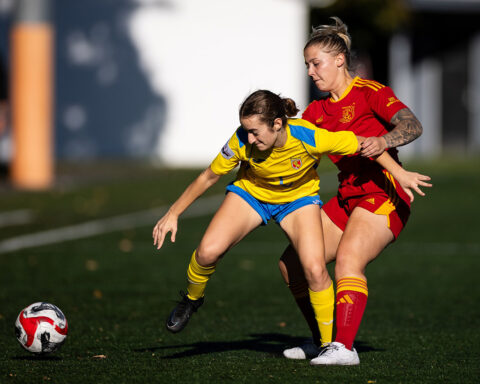By Jason Pike
With Newfoundland and Labrador’s population rising and falling over the past several decades, our high school sports system has had to evolve constantly. When dozens of small schools closed in the 1990s, the Newfoundland and Labrador High School Athletics Federation — now known as School Sports NL — was forced to eliminate most of the 1A and 2A competitions. Larger consolidated schools meant higher enrolments, so everyone was pushed into the 3A or 4A tiers.
But time has a way of reversing itself. Within a decade, even those larger schools began to shrink again. In response, School Sports NL reintroduced smaller tiers and creative new divisions like Small Schools and Fair Play. These categories were meant to protect the spirit of inclusion and allow rural communities to keep competing. Adjustments such as 7-on-7 or 9-on-9 soccer helped keep the games alive, ensuring that even the smallest programs could stand proudly on a provincial stage.
It was — and still is — a brilliant system built on fairness.
Yet lately, that fairness feels under threat.
A Gray Area in the Rules
The problem arises when private institutions, such as St. Bonaventure’s College in St. John’s, are allowed to enter these smaller-school divisions. On paper, it seems harmless — every school wants its students to compete. But when a private school with access to greater resources and selective enrolment enters a competition designed for rural schools with limited populations, the balance is instantly skewed.
Public schools must field teams made up only of students within their catchment area. Private schools, by contrast, can assemble their rosters however they like. Scholarships, tuition discounts, or informal recruitment make it possible to build powerhouse teams — even if no rule is technically broken.
The result is a competition in name only.
When “Fair Play” Stops Being Fair
In the 2022–23 season, St. Bons captured both the boys’ and girls’ 2A provincial soccer titles — and the boys repeated the championship again last season. These are achievements any school would be proud of. But they also reveal the uncomfortable truth: the system intended to give small schools a fighting chance is now dominated by a program with built-in advantages.
Schools like Belanger Memorial in Codroy Valley or Valmont Academy in King’s Point often have fewer than 100 students and limited access to elite coaching or year-round club play. Meanwhile, many St. Bons players also compete in high-level St. John’s soccer programs. That’s not a criticism of the athletes themselves — they’re talented and dedicated — but it does highlight the imbalance.
When a rural team spends weeks fundraising for travel to provincials only to face a roster drawn from the province’s largest urban centre, something in the system is clearly offside.
Reforming for Real Equity
Private school students absolutely deserve the right to compete — but the rules must protect the integrity of the divisions. School Sports NL should re-evaluate eligibility to ensure genuine fairness. That could mean requiring private schools to compete in higher divisions, or mandating co-op teams with other metro schools so they’re not entering rural brackets.
Without reform, the message to small-school athletes is disheartening: why bother? Many already see the outcome before the first whistle blows. That discourages participation, undermines community spirit, and erodes the very purpose of School Sports NL’s “Fair Play” philosophy.
Silence Isn’t an Answer
I reached out to Karen Richards of School Sports NL for comment but received no response. That silence speaks volumes. It suggests that an uncomfortable conversation about fairness in provincial competition is long overdue.
Rural athletes train, travel, and compete for the love of the game — not for scholarships or prestige, but for pride. They deserve a fair chance at success. Allowing private schools with far greater advantages to dominate the very divisions built to protect parity sends the wrong message to young people across the island.
The goal of School Sports NL has always been clear: opportunity through sport. That principle is worth defending. But if fairness is truly the foundation of school athletics in Newfoundland and Labrador, then it’s time to take a hard look at who’s allowed to play — and where.


